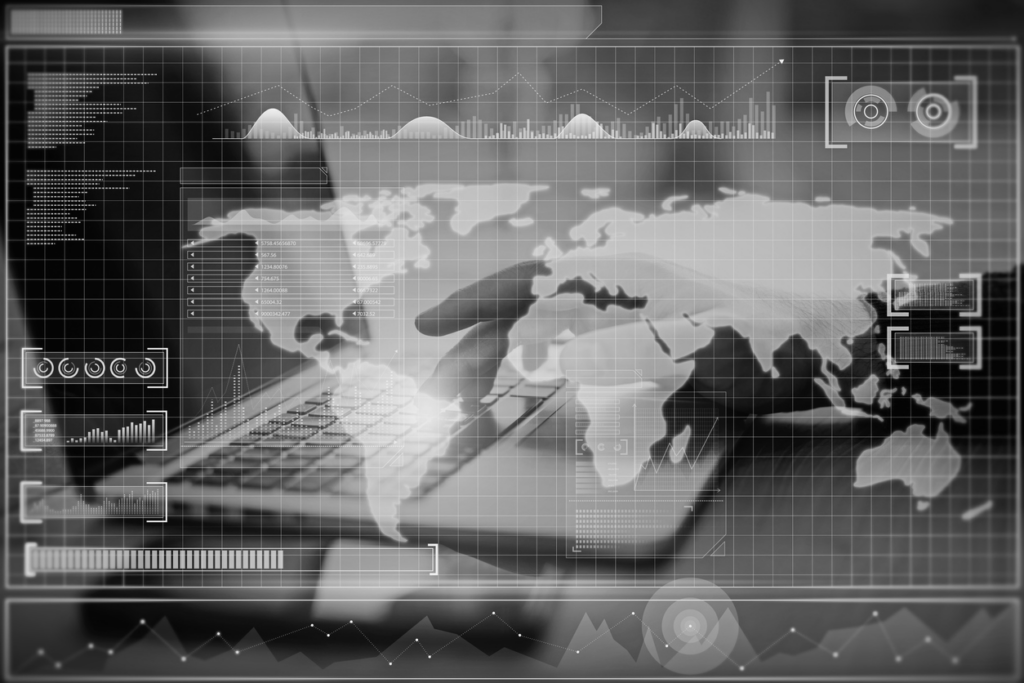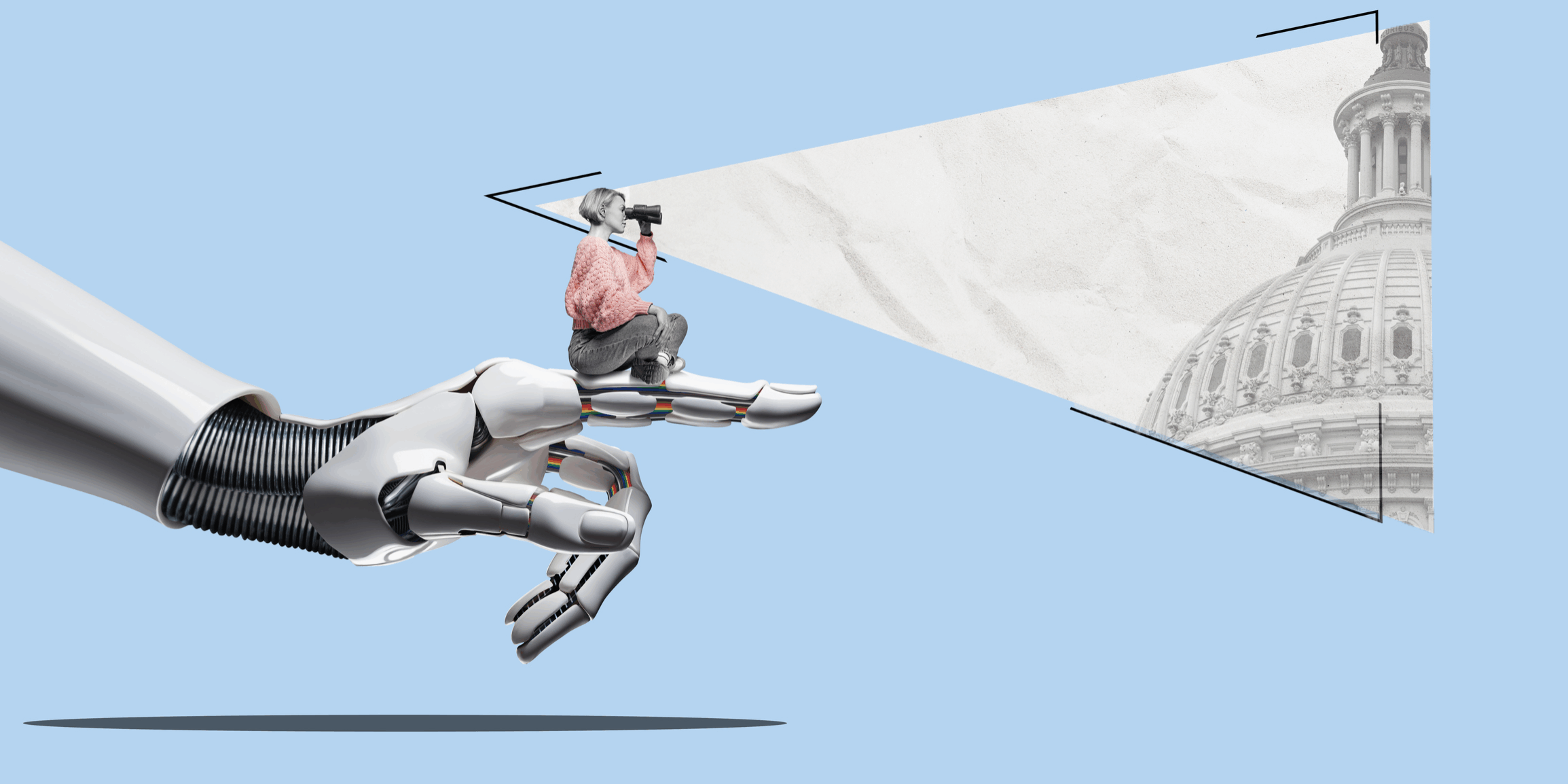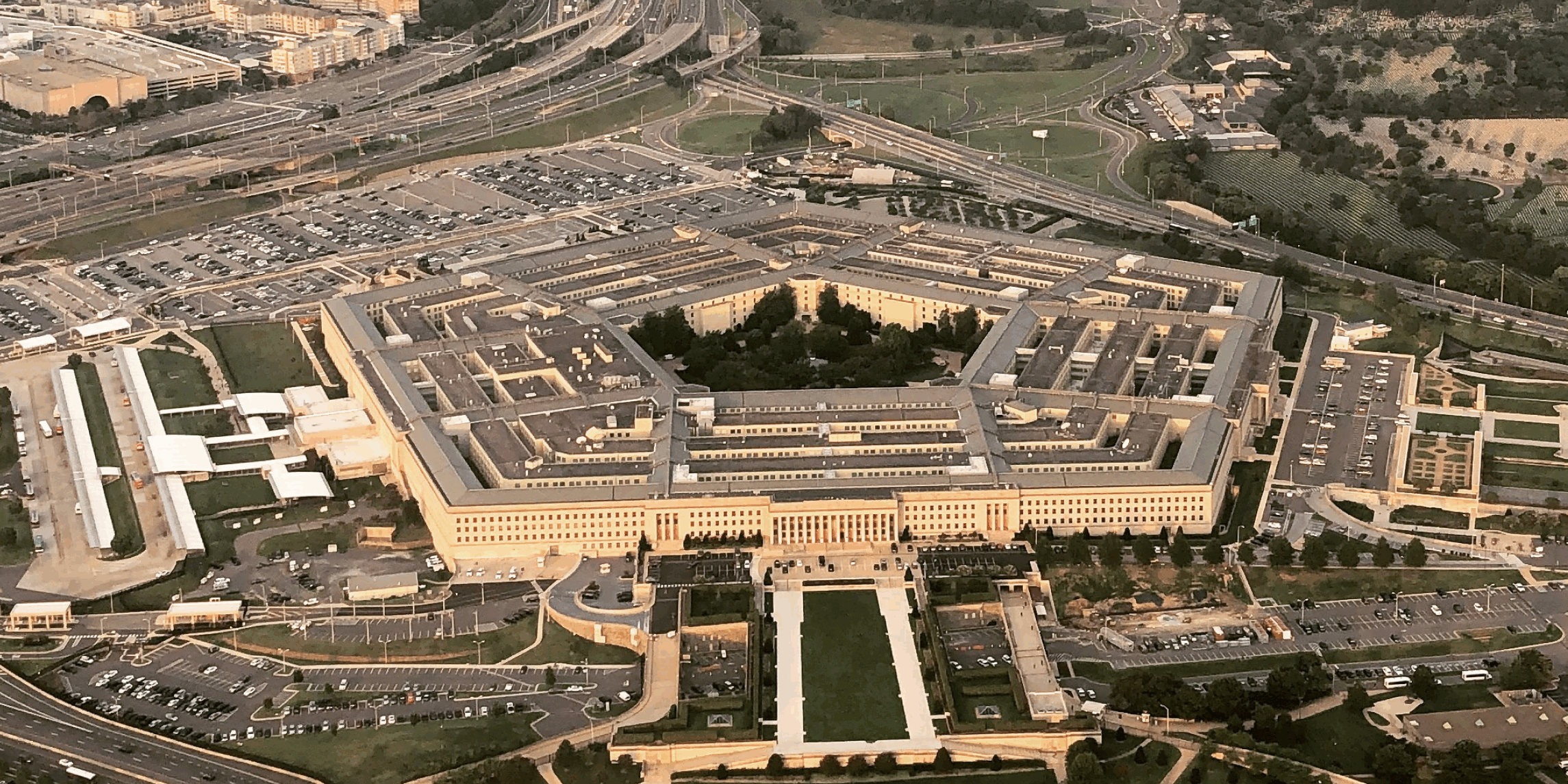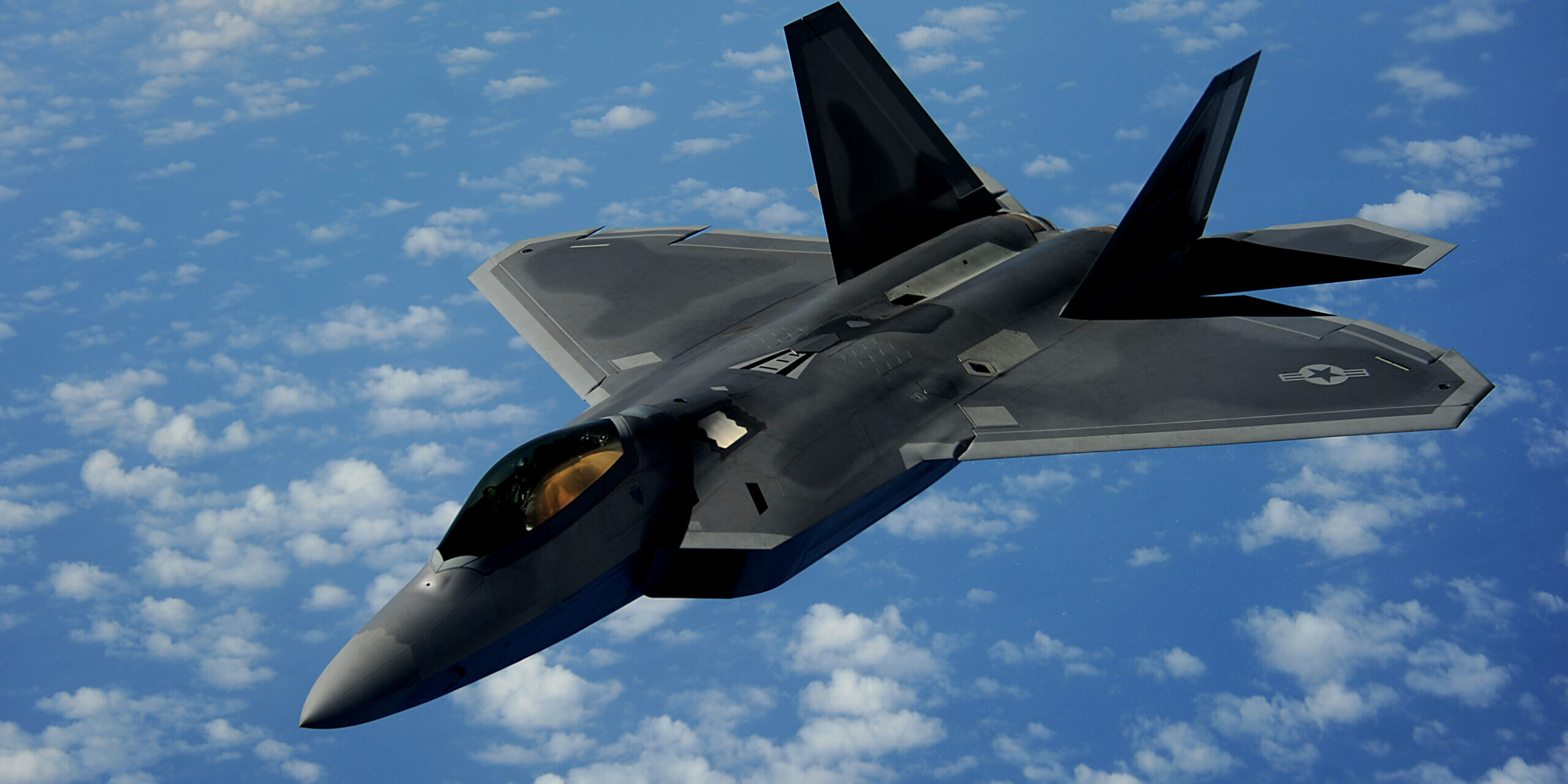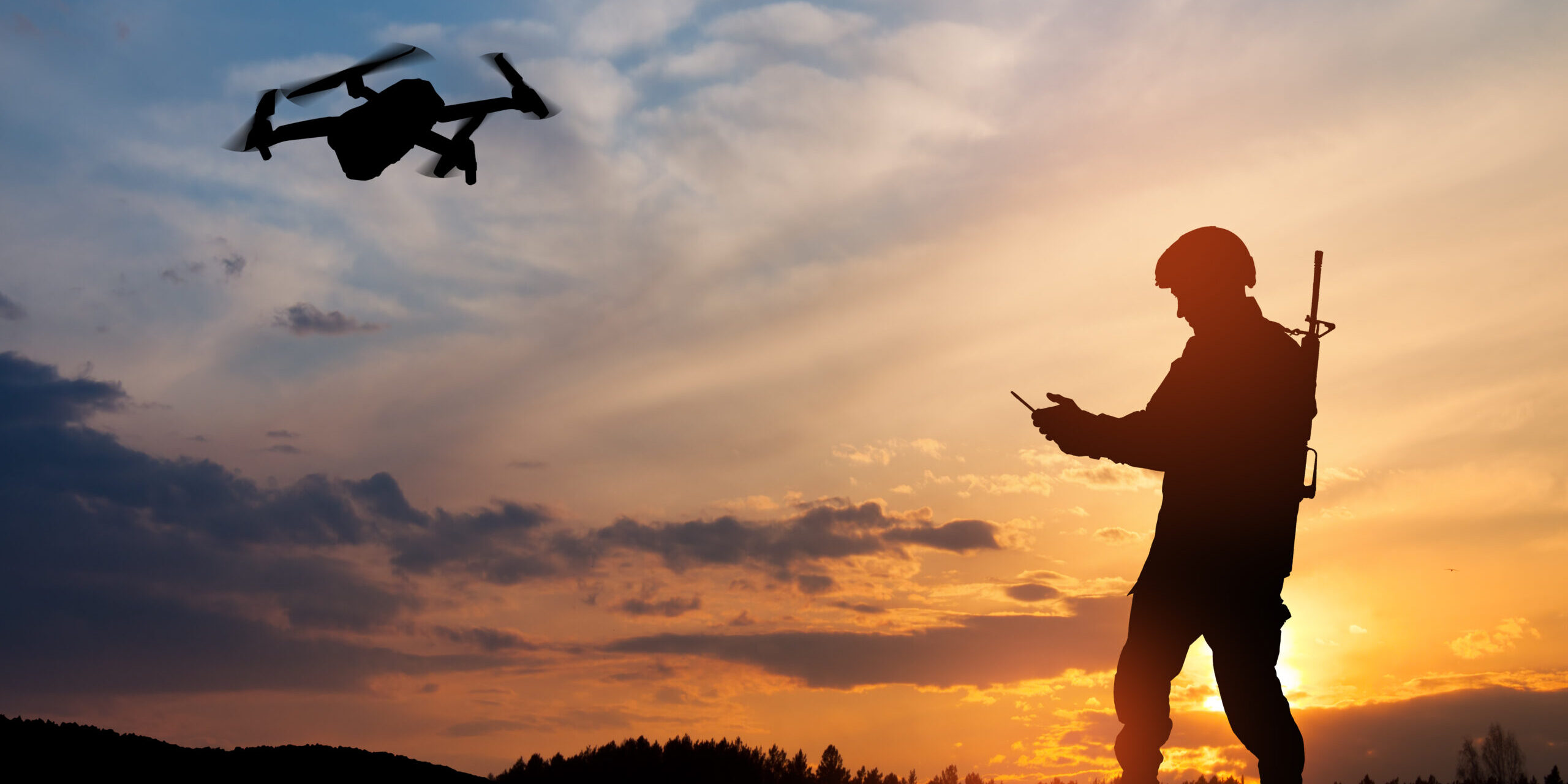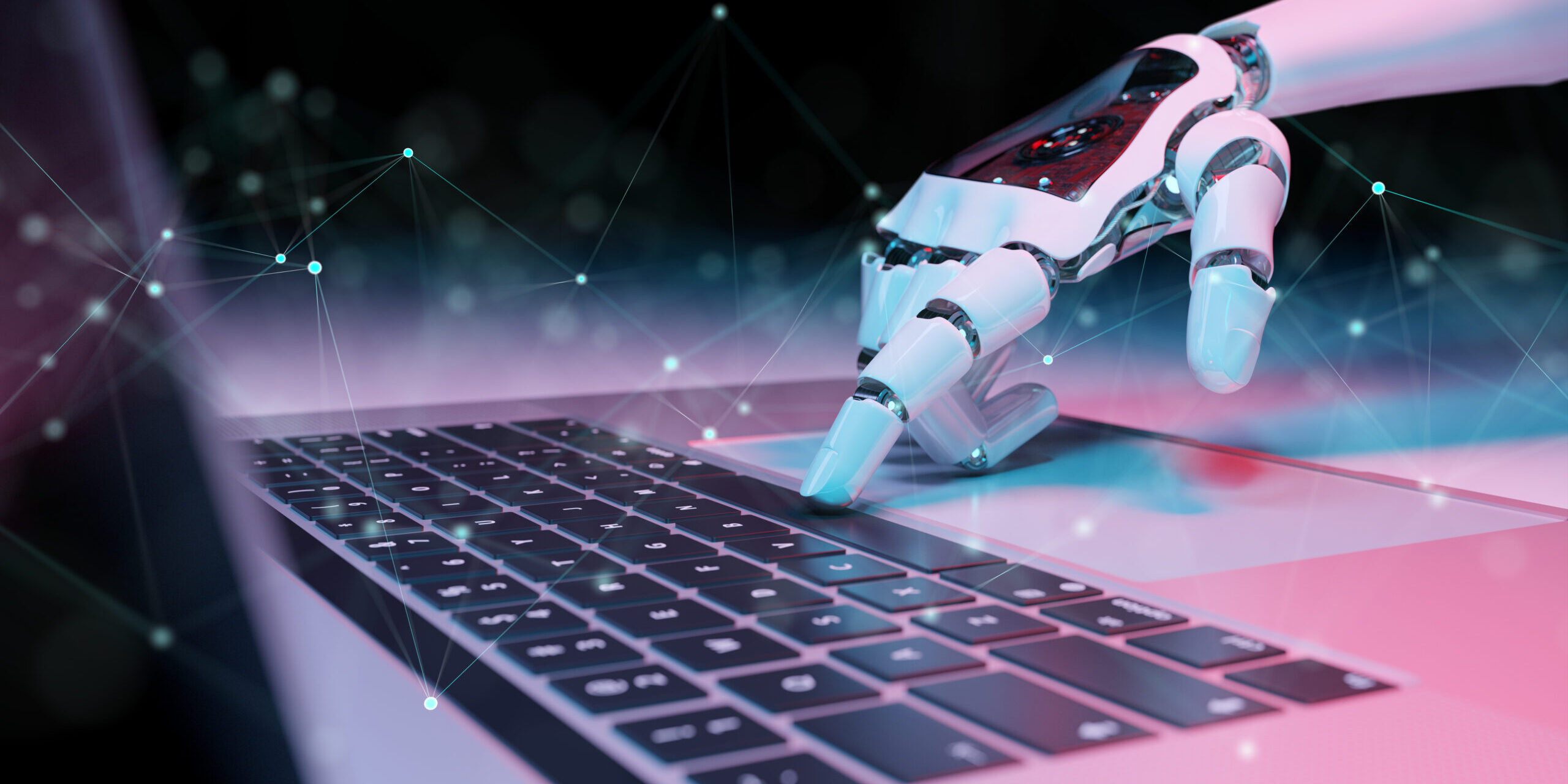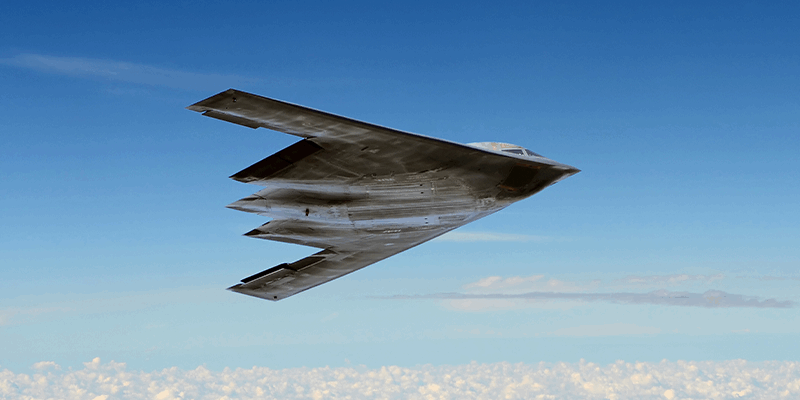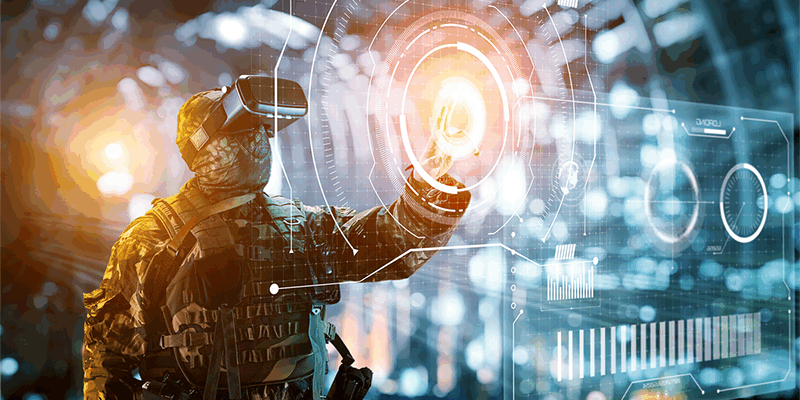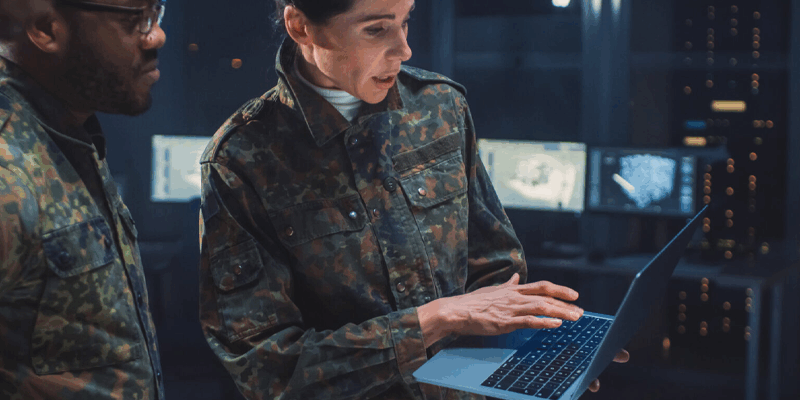The Internet of Things and the Battlefield of Tomorrow
by David Hutchins – Industry Analyst
The Department of Defense (DoD) is consistently adapting to compete with and deter potential adversaries as advancements in technology continue to change the nature of warfare. As the capabilities of potential adversaries become more sophisticated and the U.S. military seeks to maintain its technological advantage on the battlefield, the ability to quickly correlate, evaluate, and disseminate data becomes increasingly critical. Leveraging the Internet of Things (IoT) is one key to the future success of the U.S. armed forces.
What is the Internet of Things?
The Internet of Things is a network of physical objects, or things, embedded with software, sensors, or other technologies for the purpose of connecting and exchanging data with other devices and systems over the internet. IoT devices range from ordinary household objects to sophisticated industrial tools. Within the realm of the U.S. military, IoT connects satellites, radar, smartphones, wearable devices, munitions, drones, aircraft, ground vehicles, naval ships, weapon systems, and much more into a cohesive network. The armed forces can use legions of these devices to continuously collect, process, and share data.
IoT Implications for Future Warfare
The complexities of contemporary warfare are pushing militaries toward a more integrated warfare approach that leverages data and connectivity. IoT provides the abundance of data and connectivity needed to gain an advantage on the battlefield. A cohesive network of IoT devices improves situational awareness, risk assessment, and response time. For example, the U.S. military transmits data collected by IoT through C4ISR systems that process and disseminate the most mission-critical information, such as incoming threats, patterns in enemy behavior, and supply chain anomalies. IoT has numerous other applications including gathering battlefield data, monitoring troop health, and managing fleet logistics. This military application of IoT is also referred to as the Internet of Battlefield Things (IoBT) or the Internet of Military things (IoMT).
Ultimately, IoT gives a more complete picture of the battlefield and provides decision-makers with sufficient data at the speed of mission, enabling real-time, informed battlefield intelligence. IoT can also be integrated with edge computing and artificial intelligence (AI) or machine learning (ML) to interpret and optimize battlespace operations in milliseconds. This capability is critical to actualizing Joint All Domain Command and Control (JADC2) — the DoD’s concept to connect sensors from all of the military services (Air Force, Army, Marines, Navy, and Space Force) into a single network of combined intelligence, surveillance, and reconnaissance (ISR) data. The U.S. military is even using IoT to gather, process, and transmit data in contested and remote environments by leveraging technological advancements such as 5G and long-range wide-area networks (LoRaWAN).
IoT Spotlight
The Armaments Research Company (ARC), in partnership with Sig Sauer, is using IoT technology to provide soldiers with real-time data on the condition and readiness of rifles selected for the Army’s Next Generation Squad Weapons (NGSW) program — an effort the Army launched in 2017 to prototype and develop more lethal small arms for the close combat force. ARC’s platform will reportedly use an IoT system to monitor individual weapons at scale. According to ARC, the resulting insights will enable units to regularly assess weapons’ condition, reduce failure rates, extend the weapon lifetime, and optimize maintenance plans. This will ultimately enhance performance, reduce costs, and improve combat readiness.
Another example of IoT-enabled warfighting is the Command, Control, Battle Management, and Communications System (C2BMC). Using 48,000 miles of classified communication network lines, C2BMC merges data from hundreds of sensors, radars, and satellites, connecting different elements of the U.S. military’s Ballistic Missile Defense System (BMDS) into one central hub which can be used to counteract threats all over the world. By leveraging IoT, C2BMC is a force multiplier for global military operations.
Challenges on the Horizon
Familiar to all in the defense industry is the importance of cybersecurity. The unfortunate reality of IoT is that broad, interconnected networks have a larger attack surface for malicious actors to target. If compromised, inadequately secured networks could provide enemies with strategic information such as troop movements and logistics. Unlike commercial network infrastructures, the military’s IoT must be ready to operate in hostile or unstable environments which can require a high degree of intelligence to navigate. To mitigate cyber threats, the DoD must work with industry allies to protect its networks by layering multiple cyber defense techniques — such as adding detection systems, training personnel, and collecting data on adversaries.
To read more thought leadership from David, connect with him on LinkedIn.
Related Posts
Deep Dive: Department of Defense
Written by Emily Wolfteich Senior Industry Analyst In the News Guiding Policies Funding Structure $961.6…
Deep Dive: Department of Treasury
Written by Emily Wolfteich Senior Industry Analyst In the News Guiding Policies Funding Structure AI…
Decoding OMB Memorandums M-25-21 and M-25-22
Written by Emily Wolfteich Senior Industry Analyst In early 2025, the Office of Management and…
Policy Dive: AI in the First Week of Trump
Written by Emily Wolfteich Senior Industry Analyst Image source: FotografieLink, istock.com On Thursday, President Donald…
Artificial Intelligence & the Government: Who’s Driving the Car?
The GAO’s report on the federal government’s adoption of AI is as comprehensive as it can be – but do we like what we see?
How government can experience the Great Stay
By Chelsea Jarosh, Industry Analyst at Government Business Council One of the many impacts of…
AI & the Pentagon: Cautiously Curious
As AI hype increases across the public and private sectors, organizations are weighing the possibilities (and risks) the tech creates.
AFA’s Air Space & Cyber Conference 2023: Key Takeaways and Insights
Key takeaways from David Hutchins (Government Business Council) and Jon Hemler (Forecast International) on the AFA’s 2023 Air Space & Cyber Conference.
How the Federal Government Can Attract Employees
As the federal workforce ages, attracting young talent is critical. Taking these 10 actions can help attract the next generation.
Top Cybersecurity Trends in the Federal Government and Why They are Important
As cybersecurity tech, frameworks, and standards evolve, there are many trends driving cyber investments within the federal sector in 2023.
Top 5 Supply Chain Issues in the Federal Government… and What’s Being Done About it
This article discusses supply chain disruptions and their impact on the federal government, businesses, and society.
Unmanned Power: The Future of Warfare
This article defines drones, provides both historical and contemporary context for their use in combat, and highlights what is still to come.
Operational Imperatives: Preparing the U.S. Air Force for the Future Fight
A summary of the United States Air Force’s seven Operational Imperatives, plus details regarding their significance to the future of battle.
The Case for Digital Equity
Part two of this four-part blog series diving into the issues revolving around broadband expansion and digital equity.
The Puzzle of Broadband
Part one of a four-part blog series diving into the issues surrounding the puzzle of broadband expansion and digital equity.
2022 National Defense Strategy: Implications for the Defense Industry
This article unpacks the implications the NDS will have on the defense industry, and more of what they can expect in the next four years.
Robotics, Autonomous Systems, and the Future of the US Military
An article detailing the importance of robotics, autonomous systems and what it means when it comes to the future of the US military.


